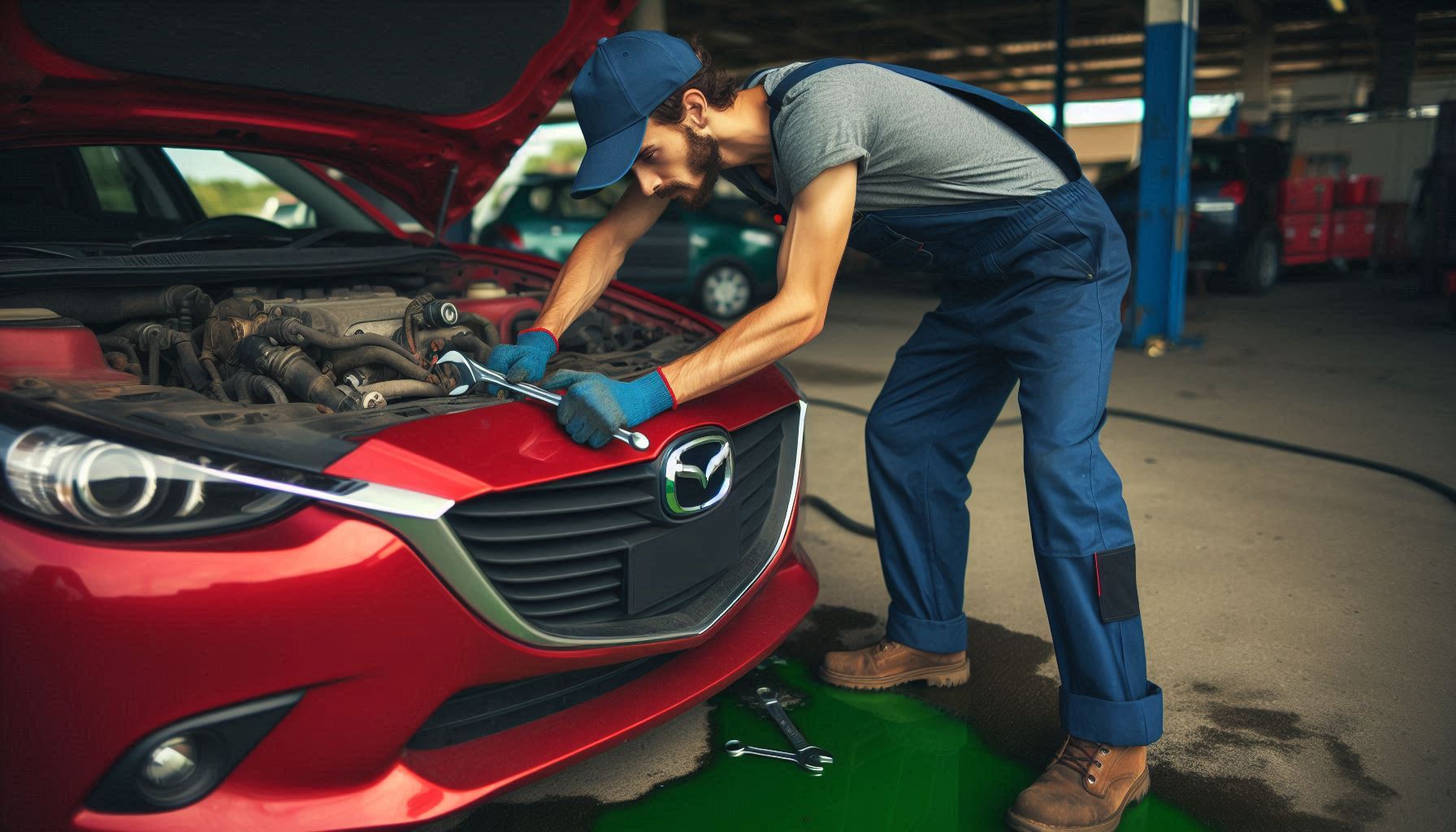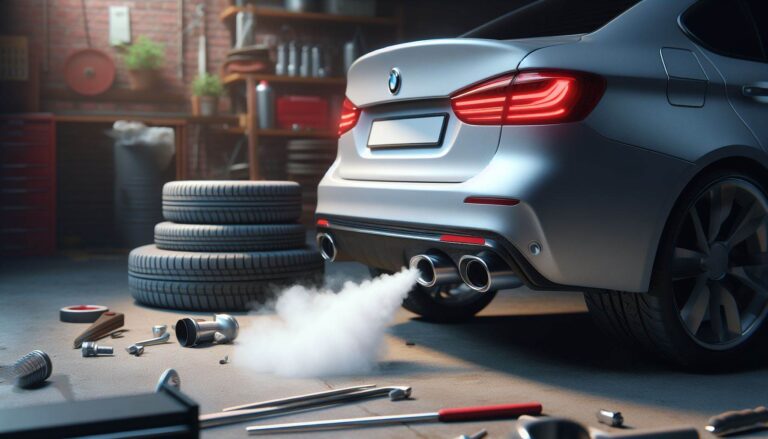How to Fix Leaking Coolant in a 2009 Mazda 3

If you own a 2009 Mazda 3 and have noticed that the coolant level keeps dropping, you may be dealing with a coolant leak. Coolant leaks can cause your engine to overheat and lead to costly repairs if left untreated. In this guide, we’ll walk you through how to fix leaking coolant in a 2009 Mazda 3. Whether it’s a simple hose replacement or a more complicated issue like a faulty radiator, these steps will help you identify and repair the leak.
Signs of a Coolant Leak in a 2009 Mazda 3
Before diving into how to fix leaking coolant in a 2009 Mazda 3, it’s important to recognize the common signs of a coolant leak:
- Low Coolant Levels: Regularly needing to top off your coolant is one of the first signs of a leak.
- Puddles Under the Car: If you notice a bright green or orange liquid under your car, it’s likely coolant.
- Overheating Engine: A leaking cooling system can cause the engine to run hot or even overheat.
- Sweet Smell: Coolant has a distinct sweet smell. If you smell this around your car, it could be a sign of a leak.
Step-by-Step Guide on How to Fix Leaking Coolant in a 2009 Mazda 3
1. Locate the Source of the Leak
To fix leaking coolant in a 2009 Mazda 3, the first step is to locate the leak. Common areas where leaks occur include:
- Radiator
- Coolant hoses
- Water pump
- Heater core
- Thermostat housing
Start by parking the car on a flat surface, letting the engine cool, and inspecting the engine bay for signs of wet spots, stains, or corrosion.
2. Inspect the Coolant Hoses
Coolant hoses can crack or loosen over time, leading to leaks. Check both the upper and lower radiator hoses for damage. If you find a crack or loose clamp, it could be the culprit. To fix leaking coolant in your 2009 Mazda 3 from a hose, simply replace the damaged hose or tighten the clamp.
3. Check the Radiator
The radiator is one of the most common sources of coolant leaks. Inspect it for visible cracks or holes. Radiator leaks can sometimes be fixed with a sealant, but if the damage is significant, you may need to replace the radiator.
Learn more about how to use radiator sealants effectively here.
4. Examine the Water Pump
A leaking water pump can cause coolant to drip near the front of the engine. If the water pump is faulty, you’ll likely see coolant dripping from its housing. In this case, replacing the water pump is the only solution.
5. Look for Leaks Around the Thermostat Housing
The thermostat housing is another common area where leaks can develop. Over time, the gasket that seals the housing can wear out, causing coolant to leak. Replacing the gasket will fix this issue.
6. Check the Heater Core
If you’re experiencing coolant loss and have foggy windows or a sweet smell inside your car, the heater core might be the issue. Replacing a heater core can be labor-intensive, but it’s necessary to fix leaking coolant in a 2009 Mazda 3 when internal leaks are the cause.
7. Perform a Pressure Test
If you’re unable to locate the leak visually, a pressure test can help. Most auto parts stores offer pressure testing kits that allow you to pressurize the cooling system and find hidden leaks.
Discover how to use pressure testing kits by following this tutorial.
How to Prevent Future Coolant Leaks in a 2009 Mazda 3
Now that you know how to fix leaking coolant in a 2009 Mazda 3, it’s important to take steps to prevent future leaks. Regular maintenance, such as checking your coolant levels and inspecting hoses for wear, can help. Additionally, flushing the coolant system every few years can remove any buildup that might cause corrosion or blockages, reducing the risk of leaks.
Conclusion
Fixing a coolant leak in a 2009 Mazda 3 doesn’t have to be difficult if you follow the right steps. Whether it’s replacing a hose, fixing the radiator, or changing the water pump, identifying the source of the leak is the first crucial step. By learning how to fix leaking coolant in a 2009 Mazda 3, you’ll be able to keep your engine running smoothly and avoid the risk of overheating.
If you’re unsure about tackling the repair yourself, or if the leak is severe, it’s always a good idea to consult a professional mechanic to prevent further damage to your vehicle.
Related Post:
For further maintenance tips, see our guide on how to change brake pads without a mechanic.






